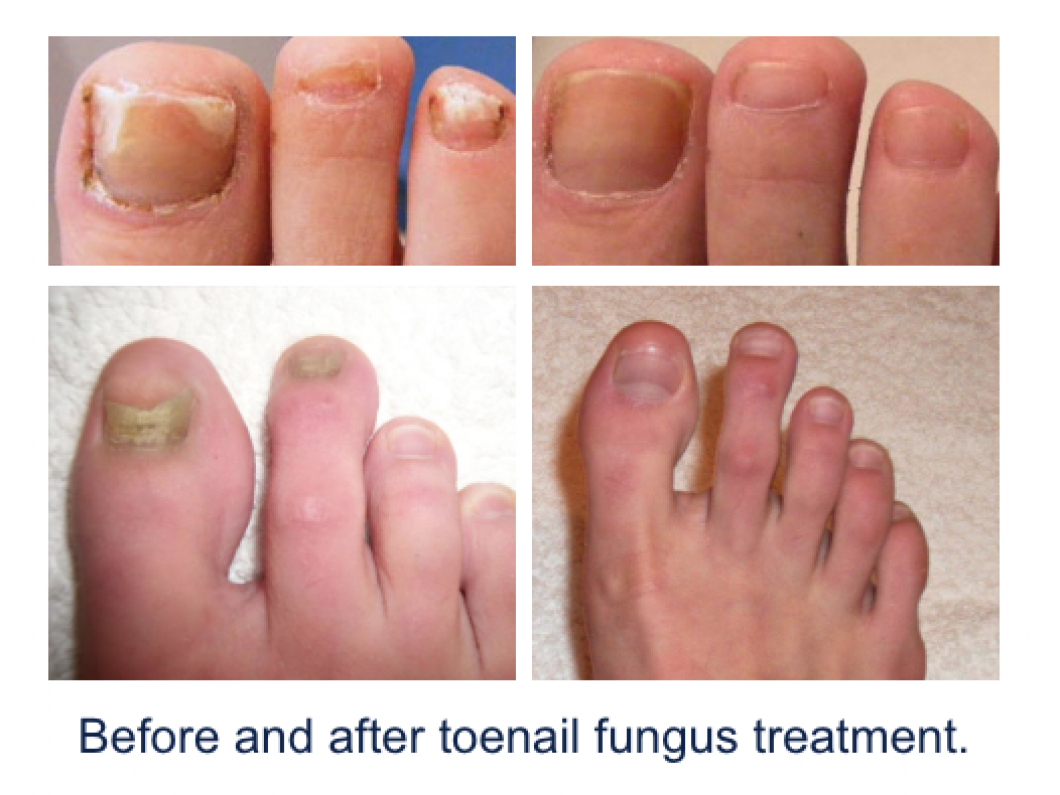
Fungus infections can affect any part of the body. Fungi are normally present in and on the body alongside various bacteria. But when the fungus begins to overgrow, the person can get an infection.
Nail fungus is a common condition that begins as a white or yellow spot under the tip of the fingernail or toenail. As the fungal infection goes deeper, nail fungus may cause the nail to discolor, thicken and crumble at the edge. It can affect several nails.
A fungal nail infection occurs from the overgrowth of fungi in, under, or on the nail. Fungi thrive in warm, moist environments, so this type of environment can cause them to naturally overpopulate. The same fungi that cause jock itch, athlete’s foot, and ringworm can cause nail infections.
Symptoms
A person may have nail fungus if one or more of the nails are;
- Thickened
- Whitish to yellow-brown discoloration
- Brittle, crumble or ragged
- Distorted in shape
- A dark color, caused by debris building up under the nail
- Smelling slightly foul
Nail fungus can affect fingernails, but it’s more common in toenails.
What are common kinds of nail fungus?
Distal Subungual Infection – distal subungual infections are the most common type of fungal nail infection and can develop in both fingernails and toenails. When infected, the outer edge of the nail has a jagged appearance with white and/or yellow streaks across the nail. The infection invades the nail bed and underside of the nail.
White Superficial Infection – it usually affects toenails. A certain type of fungus attacks the top layers of the nail and creates well-defined white spots on the nail. Eventually these white patches cover the entire nail, which becomes rough, soft, and prone to crumbling. Spots on the nail may become pitted and flaky.
Proximal Subungual Infection – are uncommon but can affect both fingernails and toenails. Yellow spots appear at the base of the nail as the infection spreads upward. This infection can commonly occur in people with compromised immune systems. It can also result from minor injury to the nail.
Candida Infection – yeasts cause this type of infection. It can invade nails previously damaged by a prior infection or injury. More commonly, Candida affects fingernails. It often occurs in people who frequently soak their hands in water.
Treatment
Fungal nail infections can be difficult to treat. Talk with a doctor if self-care strategies and over-the-counter (nonprescription) products haven’t helped. Treatment depends on the severity of the condition and the type of fungus causing it. It can take months to see results. And even if the nail condition improves, repeat infections are common.
Medications
- Oral Antifungal Drugs
- Medicated Nail Polish
- Medicated Nail Cream
Surgery – the doctor might suggest temporary removal of the nail so that he or she can apply the antifungal drug directly to the infection under the nail.
Some fungal nail infections don’t respond to medicines. The doctor might suggest permanent nail removal if the infection is severe or extremely painful.
What We Offer
We at Almurshidi Medical Tourism will find the best doctors to cater to your needs. We are partnered with a wide network of hospitals and clinics that provide top quality medical experience.
We provide free medical estimates, make medical appointments, and provide several medical opinions if needed at no cost.
Contact Us
For more information contact us at +66822004040 or via WhatsApp





